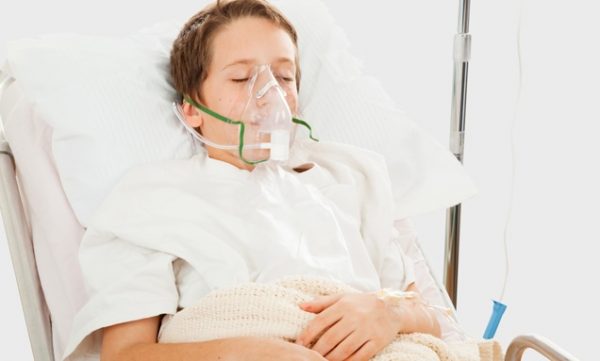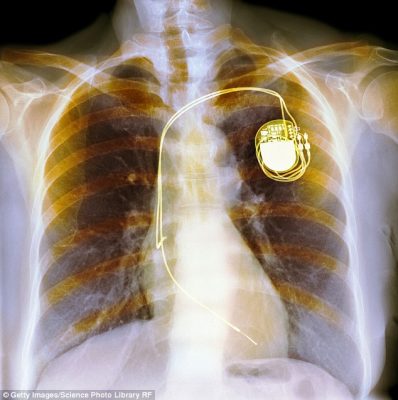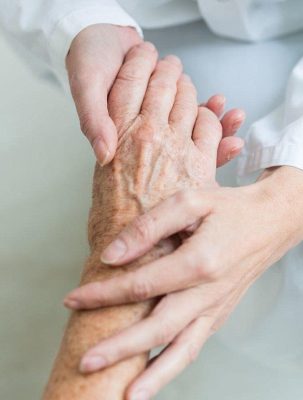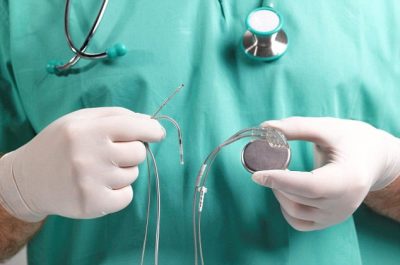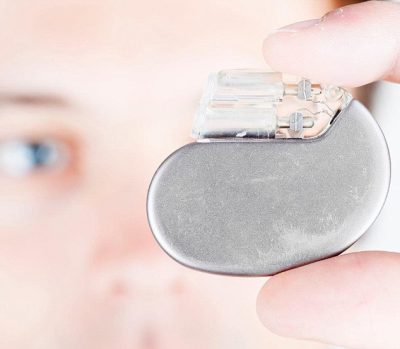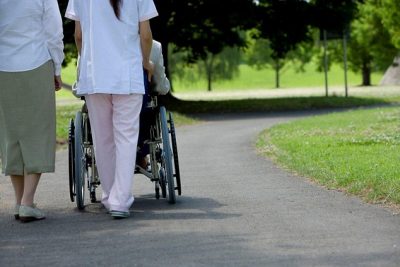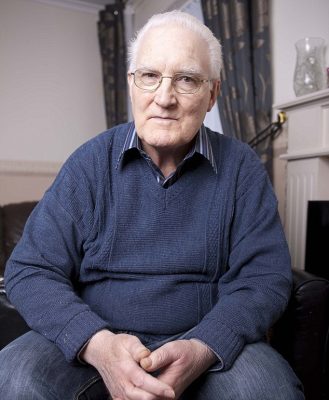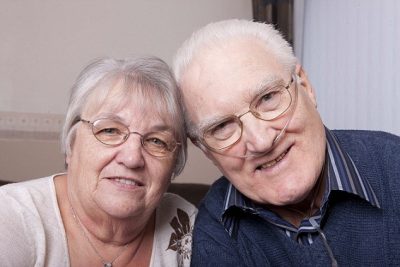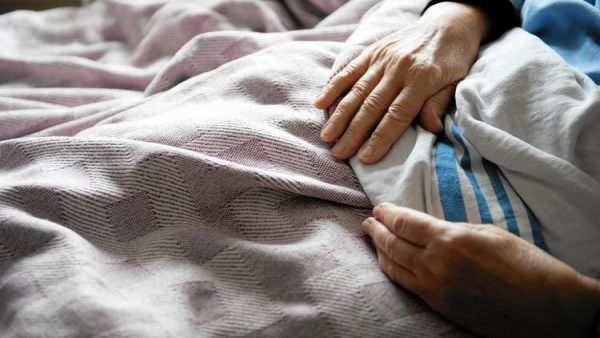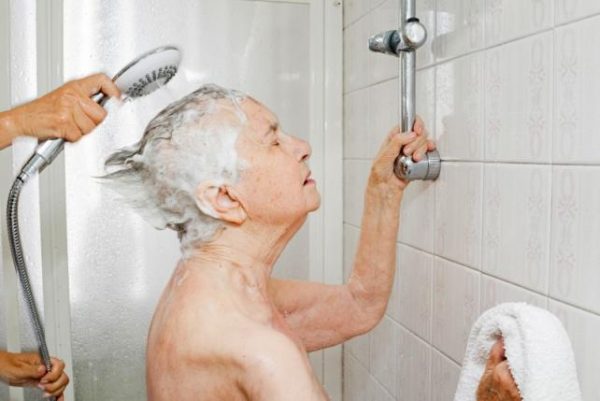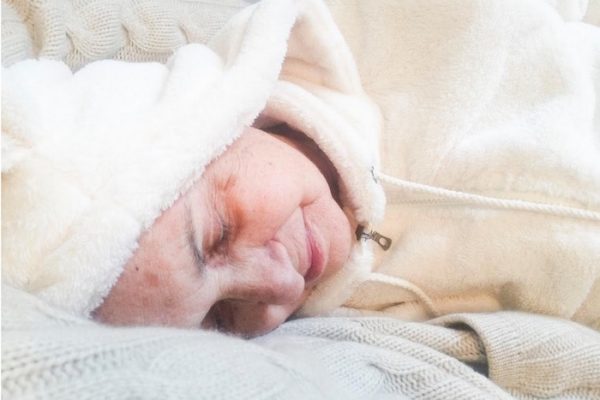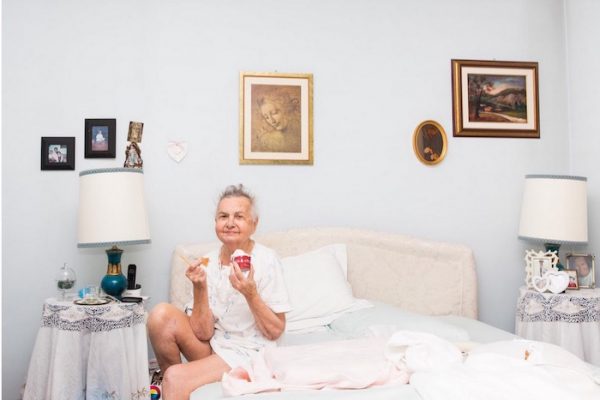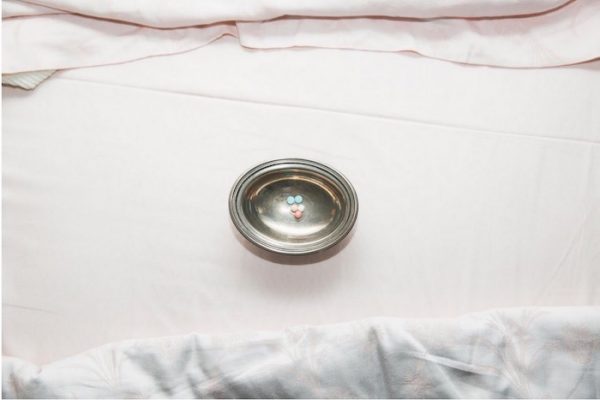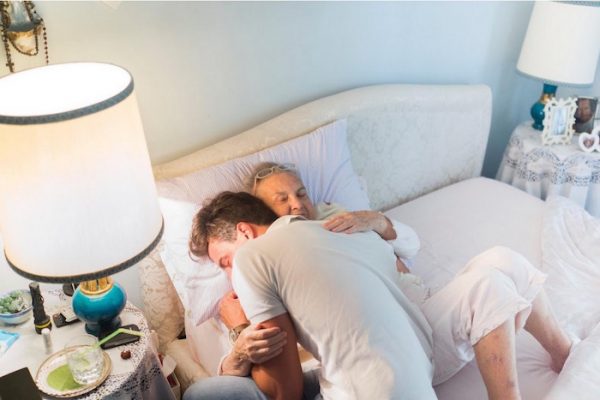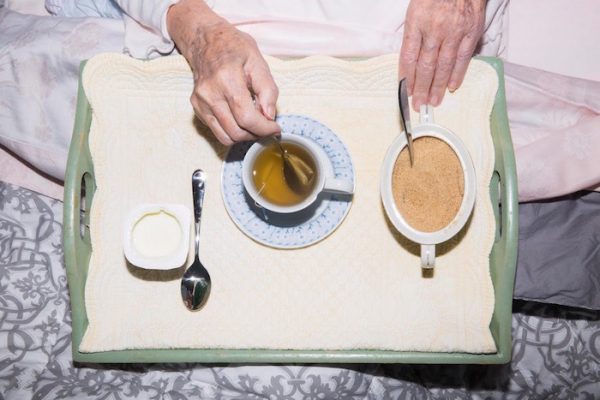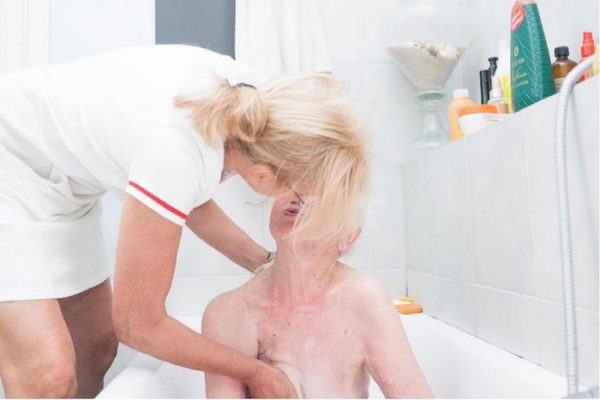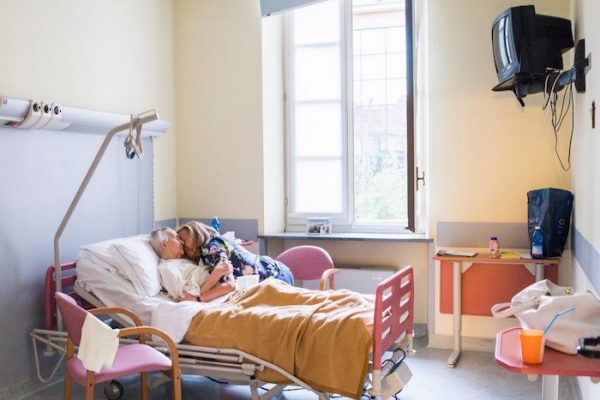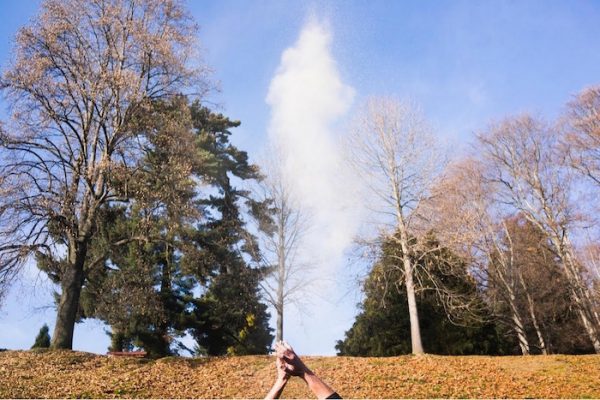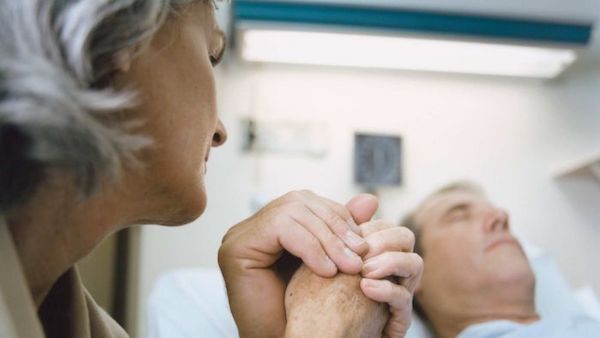
By Bianca Nogrady
Hollywood has a lot to answer for when it comes to our ideas of what death looks like.
The majority of deaths on screen are violent, bloody, traumatic affairs, with few realistic portrayals of what a death from illness or so-called “natural causes” actually looks like.
Little wonder we have such a fear of death, and especially of being in the presence of it.
It’s still a terrifying notion, because most of us have no idea what we will see.
My own curiosity about death led me to write a book on the topic.
In bringing together medical research and personal stories from those who’ve undergone near-death experiences, I learned a lot.
Dying can be calm and peaceful; it can be awful, shocking, traumatic. Most of the time, it’s a little bit of both.
The expected
There are some fairly common things that happen when someone is approaching death.
They will often eat less and less, and — as things get closer — even stop drinking fluids.
They will also sleep more and more, and in many cases start to slip in and out of consciousness.
The final stages of dying also tend to involve some distinctive, and sometimes distressing, changes in breathing.
Breathing rhythms
One of the breathing rhythm changes is called Cheyne-Stokes breathing; a cycle of anywhere from 30 seconds to two minutes where the dying person’s breathing deepens and speeds up, then gets shallower and shallower until it stops.
Then there is a pause, which can sometimes stretch on so long that you think the person has stopped breathing altogether … before the cycle resumes.
Another is the awfully-named ‘death rattle’, caused by a build-up of saliva or secretions at the back of the throat.
This happens because the dying person is not clearing their throat or swallowing.
It can also sound like there is congestion in the dying person’s lungs.
Unfortunately, not much can be done about either of these signs, but perhaps some comfort can be taken from the fact that there is little evidence either of them is a sign of distress or discomfort.
Can you hear me?
As people near death, their limbs, hands and feet may get cold, and the colour of their skin may change from a healthy pink to a sallow, grey or mauve tinge. Sometimes their skin can be clammy and their hair plastered down with sweat.
While the dying person may be unresponsive, there is growing evidence that even in this unconscious state, people are aware of what is going on around them and can hear conversations and words spoken to them, although it may feel to them like they are in a dream state.
There is also evidence that people in this state are hypersensitive to touch, so soft, gentle physical contact is best.
The unexpected
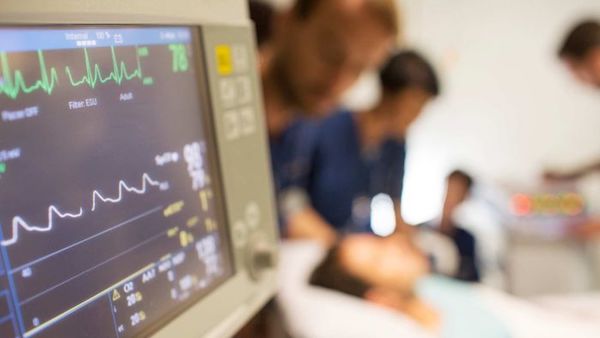
Sometimes death can deliver one last gift to loved ones who have been long denied meaningful interactions because of disease such as Alzheimer’s disease, dementia or brain tumours.
Terminal lucidity, or ‘lightening up’ was first described in the medical literature as early as 1833.
It refers to a period of awareness or consciousness, sometimes a complete return to form and personality in someone who may have been gone — to all intents and purposes — for many years.
They may recognise close family members for the first time in a very long period. They may also crack a joke, smile and interact as if they had never left.
It can be a silver lining, but a brief one.
It heralds that death is imminent, but can offer people a last precious glimpse of the person they love.
Final conversations
Many people and studies have also reported the dying apparently being visited by and having animated conversations with unseen people in the room.
Sometimes they appear to be talking to a loved one who has long since died — a parent, partner, or sibling. Sometimes it’s a religious figure.
But studies of this suggest that it is almost always a positive experience for the person who is dying; they begin to talk of journeying and being welcomed.
Restless death
Perhaps less welcome — and equally as uncommon, occurring in around 1 to 2 per cent of deaths — is pre-terminal agitation.
This could be as minor as someone plucking at the bed sheets, restlessness and fidgeting, but it can be as dramatic as someone who might be hours away from death running down a hospital corridor yelling and screaming.
These are generally expected signs that death is near.
Death, when it comes, can sometimes be as simple as one last long exhalation with nothing following. The pulse stops, the skin may suddenly take on a waxy hue, and in the majority of situations, this is the moment when we begin to grieve.
But sometimes the unexpected can happen.
The shocking
Death can be shocking enough. But imagine if you had said your final goodbye, the last breath has come and gone, then the person who you thought was dead suddenly draws a gasp and twitches.
Agonal breathing or agonal gasps are the last reflexes of the dying brain.
They are generally viewed as a sign of death, and can happen after the heart has stopped beating.
Another strange and disturbing reflex that has been observed after death is called the Lazarus reflex.
People who have been declared brain dead and have had artificial ventilation turned off have been seen to raise their arms and lower them slowly, sometimes crossed across the chest, sometimes by their side.
Brain death may also be accompanied by other reflexes that are no more a sign of life than the jerk of your knee when it is tapped with a hammer.
These include repetitive facial twitches, slow toe twitches and even the entire leg twitching.
Thankfully these more disturbing aspects of death tend to be rare.
Being with someone when they die may be a confronting and even terrifying prospect to many.
But of those people who have sat with a loved one — or even a stranger — when that person died, very few regret it.
For most people who are present at this event, it is a gift; a chance for stillness and communion and honesty and reflection that we are rarely granted at any other time in life.
Complete Article HERE!

